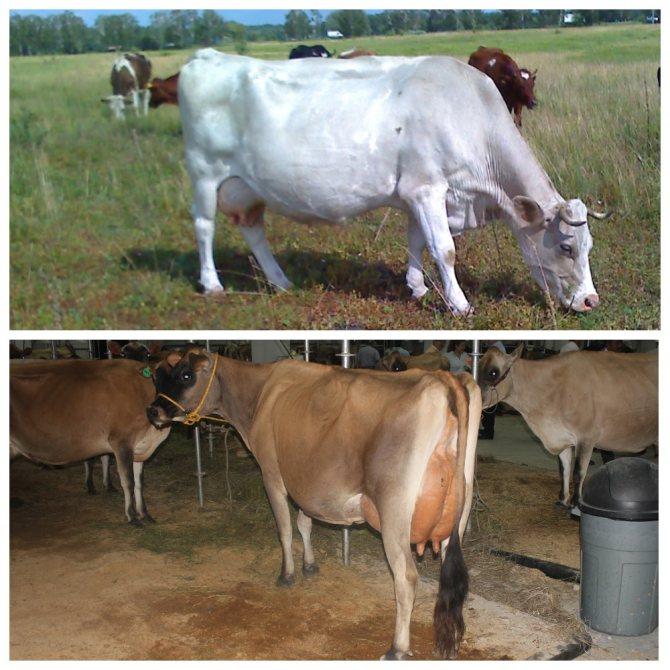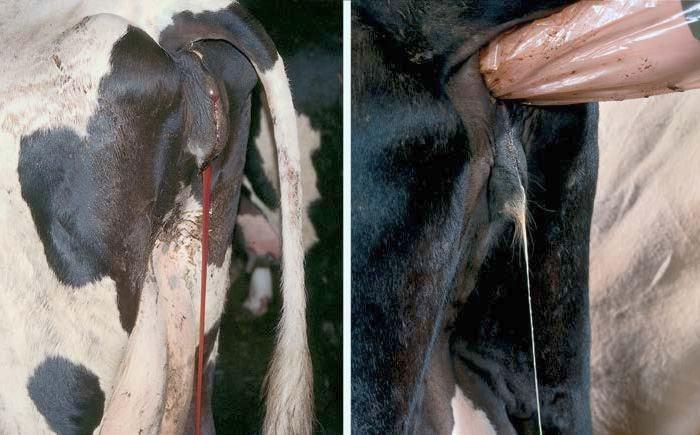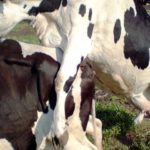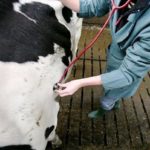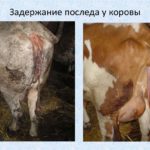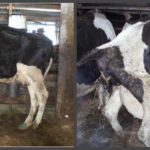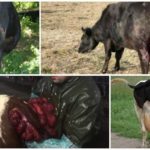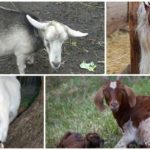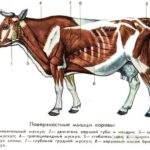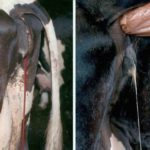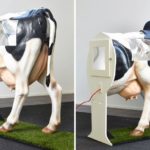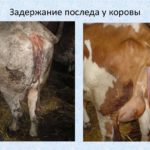Bloody discharge in cows is not uncommon, but this is not always a reason to panic and contact a veterinarian. First, you need to determine the reason why the cow bled after insemination, pay attention to what period of time the blood began to appear, and monitor the health of the animal. Bleeding after mating may be harmless and not cause harm to the body, but it may be a sign of endometritis or miscarriage.
Reasons for the appearance of discharge in a cow after insemination
On the first day after the release of a mature egg, the cow may experience bleeding, both scanty and profuse.During ovulation, this is a normal process that is a consequence of sexual desire when the animal is ready for fertilization.
If bleeding begins after coating, you should first find out the cause of such phenomena. To diagnose the causes of mucus with blood after insemination, it is necessary to take into account the period when bleeding began to be observed. The defining moment is the day after mating: the second or third. Etiology of bleeding after mounting:
- untimely mating, after which the cows “over-walk,” which negatively affects sexual function and fertilization;
- weak capillaries in the uterine lining that burst and come out naturally;
- damage to the mucous membrane of the cervix during mating or due to careless artificial insemination;
- early dropping of the fetus (miscarriage);
- hypothermia of the body;
- signs of vaginitis;
- inflammation of the uterine mucosa (endometritis).
A small amount of light pink discharge may be harmless to health and will not harm the development and course of a normal pregnancy.
If the cow bled on the 2nd day after mating, then the time of mating was chosen correctly, and the pregnancy will be favorable.
Possible danger
There are two types of physiological characteristics of a cow:
- After mating, the discharge is transparent, viscous and viscous. Such phenomena indicate the fixation of the egg in the epithelium of the uterus.
- In “blooding” cows, it is easy to determine the possibility of fertilization. With timely insemination, blood on the second day indicates maximum pregnancy.
Thus, by the appearance of bloody discharge after mating, the chance of fertilization can be determined:
- on the first day - insemination is delayed, since the overripe egg loses its ability to fertilize. Pregnancy is possible, but there is a high probability of non-viability of the embryo, which will lead to abortion;
- on the second day - timely mating, a high chance of successful fertilization, and subsequently a normal course of pregnancy;
- on the third day - hasty insemination, the possibility of fertilization of the egg is small.
If a pregnant cow starts bleeding heavily after 7-10 days, this is the main sign of a miscarriage. In this case, it is better to invite a veterinarian and have the animal examined.
What do we have to do?
Minor or moderate discharge in the blood in the first three days after mating does not have a negative impact on health.
Blood is the result of burst vessels on the walls of the uterus; this phenomenon is due to the physiological characteristics of the cow and is the result of insemination.
In case of careless artificial insemination, damage to the cervix may occur. When a cow has bled from an injury, there is no need to take any action; over time, the cervical tissue will heal naturally. But it is necessary to take into account that infections can enter through damaged areas. If bleeding appears on the second day after mating, then the likelihood of fertilization is high. In this case, a pregnancy test is carried out after 21-28 days.
Prevention of the problem
Blood discharge may be a physiological feature of the cow, therefore no additional measures other than compliance with sanitary and hygienic measures will be required.Only a completely healthy animal can be allowed to mate.
A lack of vitamin D in the body, especially during pregnancy, will lead to excessive bleeding. Vitamin D is responsible for the absorption of calcium and phosphorus from food, so food must contain all the necessary vitamins and microelements.
Bleeding during pregnancy will lead to the loss of not only the unborn calf, but also the cow itself. After insemination and during pregnancy, you need to be careful, monitor the health of the animal, and if bleeding occurs, immediately seek help from a veterinarian.

